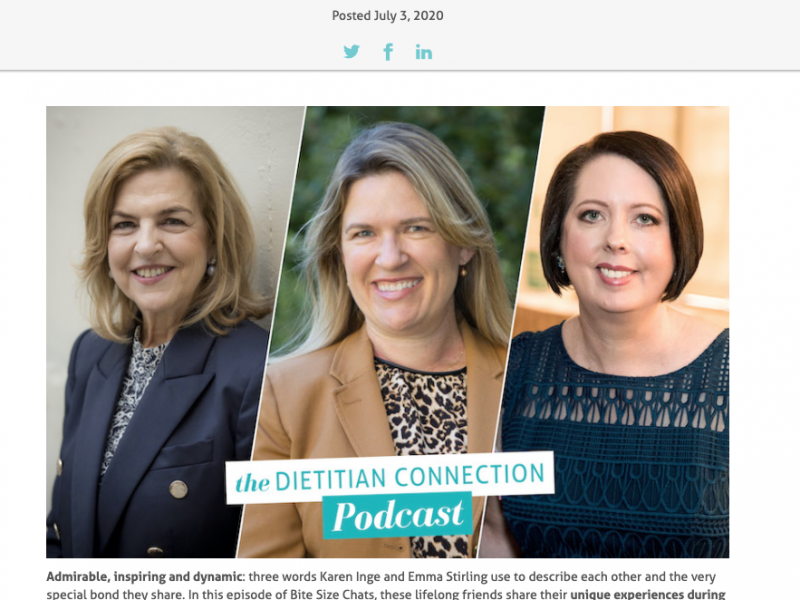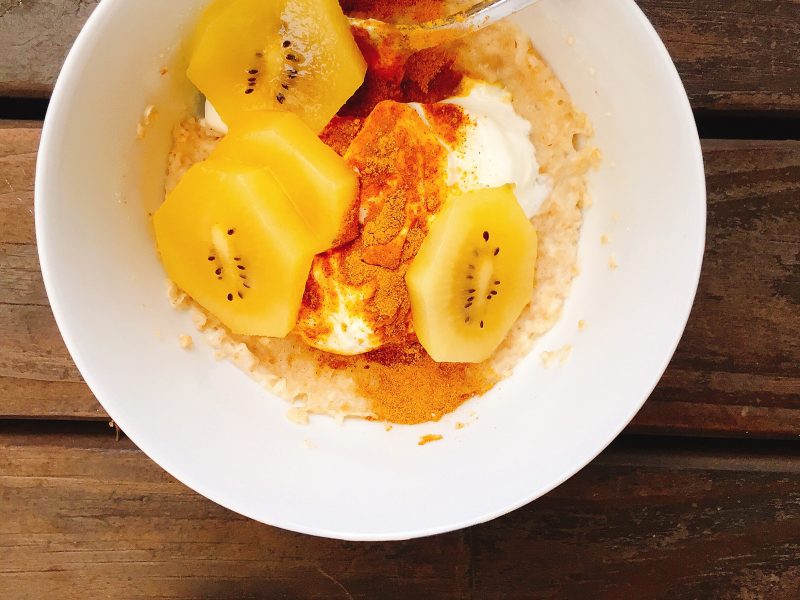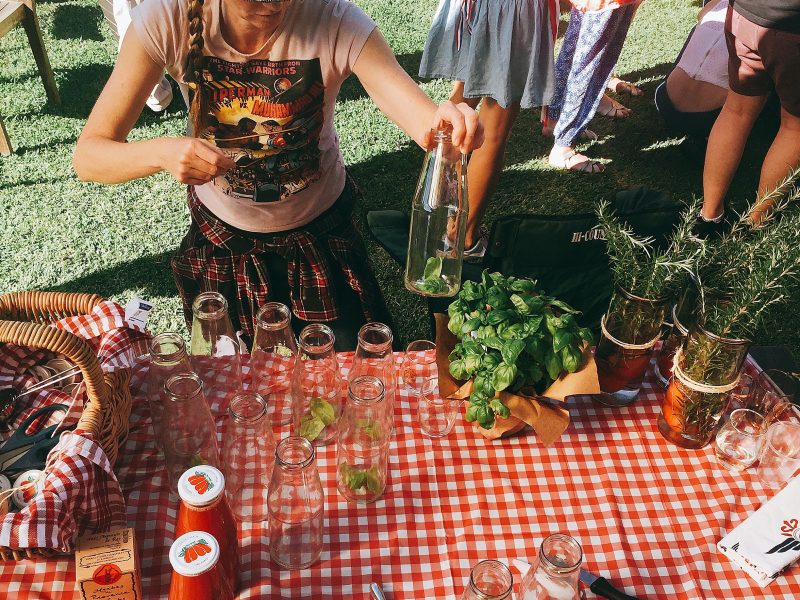You may be surprised to read the headline of our post and wonder what it has to do with nutrition? Just like the topic itself the connection is subtle and a tad sophisticated. But who better than to give us the scoop than a dietitian from a family of wine makers.
About our expert:
Hannah Gilbert is an APD and the new Nutrition Communications Manager at Meat & Livestock Australia. She is passionate about communications and nutrition research and has a keen interest in social media, food styling and food photography. She is a Features Editor and Image Curator for Healthy Aperture, a food photo gallery exposing what’s healthy to eat on the web and also writes recipe content for a branch of ninemsn. Connect with her on twitter @hancgilbert.
The start of something great
They say that wine helps woo a woman and that the way to man’s heart is through his stomach. Well…I can attest to each of these sentiments – my mother is an avid and talented cook and my father, a winemaker.
Mum is the muse of our family wine label, Gilbert by Simon Gilbert, and the heartbeat for my dad, brother and their team of winemakers, particularly at the height of a Mudgee vintage. She pours her kitchen greatness into delicious, wholesome meals to fuel the vintage staff every evening for three months of every year. Why? Well, we all know that sound sustenance is the source of greatness.
A match
There’s nothing quite like a delicious meal paired with wines, be it over a long, lazy summer lunch with friends or a cozy winter dinner for two. The rise in popularity of wine appreciation courses, pop-up wine bars and boutique wineries shows us that more and more Aussies are getting serious about wine and wine paired with food. And as a dietitian plus wine and food lover, that I believe is a very good thing.

Wine notes
A well-matched food and wine will bring out the nuances and enhance the flavours and unique characteristics of both the dish and the drop. The aromas, acids and the textural tannins and sugars in the wine interact with food to balance and highlight, often, extraordinary taste sensations. You see there are well studied, naturally occurring organic compounds in some grape varieties and in some foods that provide a link between the two. Achieve that extraordinary balance and I find you are more mindful and can be extremely satisfied with quality, not quantity.
When looking to pair a food and wine, it’s best to stick with that old saying pair ‘like with like’ eg. sweet wine with sweet foods, white wine with white meat, red wine with red meat. But together with my parents tips we came up with this:
The guru guide
- Riesling – Coffin Bay Oysters peppered with a squeeze of fresh lime
- Sauvignon Blanc – Semolina dusted calamari with chilli salt
- Chardonnay – Braised duck with asparagus, beetroot and feta salad
- Shiraz – Classic aged rare fillet of beef or a medium rare rack of lamb
- Pinot Grigio – Crumbly matured cheddar with crisp slices of granny smith apple or nashi pear
- Riesling – Dessert of your choice (because who can say no to a slither or small spoonful)
A family recipe and wine to match
Saffron, chorizo and polenta paired with shiraz

Serves 4-6
1 tbsp olive oil
1 onion, diced
2 cloves garlic, chopped
400 g chorizo sausage, removed from casing
3 x 400 g tins diced tomatoes
Medium pinch of saffron, infused in a little hot water
1 tbsp sugar
Heat oil in pan, add onion and cook until softened. Knead chorizo meat with your fingers until minced. Add to meat with the garlic and cook until browned. Add tomatoes, saffron and sugar and allow to simmer for 30 minutes. Refrigerate overnight to allow flavours to develop
Polenta
3 cups cold water
1 cup coarse polenta
½ cup reduced fat milk
¼ cup parmesan cheese, finely grated
Bring the water to boil in a large saucepan. Use a wire balloon whisk to stir in the water. Gradually add the polenta in a thin steady stream, whisking constantly until all the polenta is incorporated into the water. Reduce heat to low. Simmer, stirring constantly with a wooden spoon for ten minutes or until the mixture thickens and the polenta is soft. Remove from heat and add the milk and parmesan. Serve immediately.
Editor’s comment:
Thanks Hannah. So lovely to have you back guest posting and sharing your family story. Now you know I couldn’t help myself looking a little deeper at the science. Just one pick of the research vine and journal article presto – Taste and mouth-feel properties of different types of tannin-like polyphenolic compounds and anthocyanins in wine. So lovely readers have we really convinced you that food and wine matching pairs perfectly with the study of nutrition? I’m off to present a plenary (yikes) on social media at the Dietitians New Zealand conference next week, so suspect a little Marlborough region research will be required.



